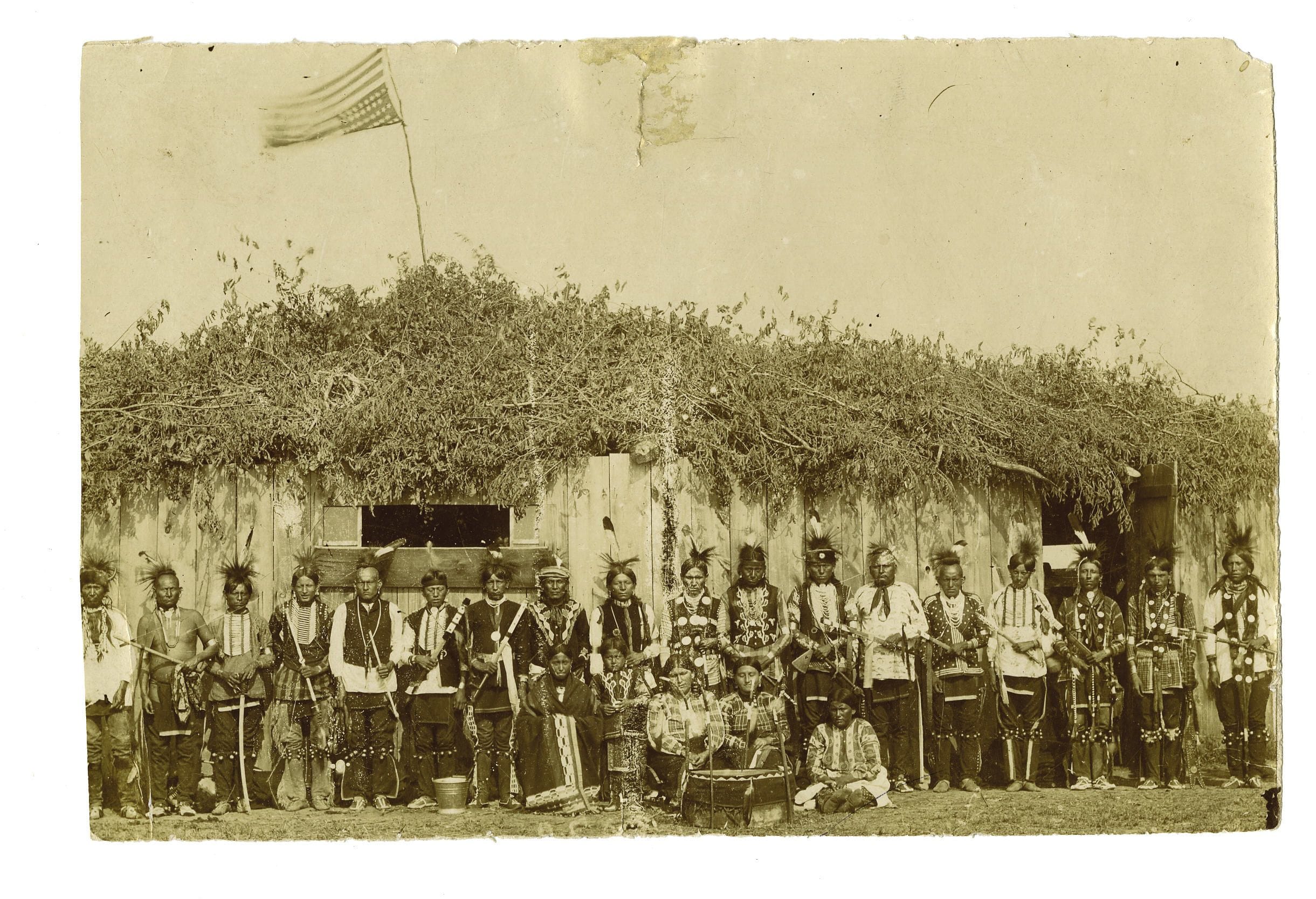Imagine a land purchased by its people, a place where history intertwines resilience and prosperity. This is the Osage Reservation, where the vibrant culture of the Osage Nation flourishes. From their profound past, through trials and triumphs, they’ve cultivated a thriving sovereign nation. While mineral rights may have influenced their path, the unyielding Osage spirit has been their guiding force, leading them through adversity towards a brighter future. Join us on a captivating journey through time, tradition, and the unwavering spirit of the Osage people.
A Map of Strength and Time
The Osage Reservation map is more than just lines on paper – it tells a powerful story of the Osage Nation’s unwavering spirit and remarkable journey. In 1872, the Osage people made a bold statement by purchasing over 1.4 million acres of land in Oklahoma, a testament to their resilience, especially considering their previous forced relocations.
This map represents the heart of a people, a symbol of their cultural survival – a story both heartbreaking and inspiring. While the tragic events depicted in “Killers of the Flower Moon” remind us of the injustices they faced, the map also illuminates the Osage Nation’s modern-day successes, thriving businesses, and a future brimming with promise.
Imagine using an interactive map to uncover the Osage Reservation’s hidden gems. Virtually explore cultural treasures like the Osage Nation Museum and the Wah-Zha-Zhi Cultural Center, where history comes to life. Immerse yourself in the sprawling beauty of the Tallgrass Prairie Preserve, a sanctuary protecting the region’s iconic grasslands.
As you journey across this map, you’ll encounter bustling towns like Pawhuska, Hominy, and Fairfax, each with its own unique charm and story to tell. The reservation pulsates with the energy of its people, who are building their future through a diverse economy encompassing gaming, energy production, agriculture, and tourism.
However, the true essence of the reservation resides in the voices of its people. Hearing an Osage Nation member speak of their home is to understand the depth of its significance. They share stories of hardship and triumph, painting a vivid portrait of a people who have not only survived but thrived. In their hands, the map transcends geography; it becomes a testament to their enduring spirit, a legacy passed down through generations.
Just How Big is the Osage Reservation?
We’ve touched upon the history of the Osage reservation, but just how expansive is this part of Oklahoma? The Osage Reservation covers a massive 1,470,559 acres – a size comparable to the entire state of Delaware! It’s even bigger than Rhode Island, underscoring the sheer scale of this land. In fact, it stands as the largest reservation in Oklahoma.
However, size is not the only remarkable aspect of the Osage Reservation. It represents the Osage Nation’s enduring self-governance and rich cultural heritage. It’s a place where traditions thrive, where the Osage language can still be heard, and where ancient ceremonies connect generations past and present.
If you ever find yourself in the heart of the reservation, a visit to the Osage Nation Museum is a must. It’s a treasure trove of historical artifacts and stories that vividly illustrate the incredible journey of the Osage people.
Does the Osage Nation Still Exist?
The story of the Osage Nation doesn’t end with their purchase of the reservation in 1872. This act, a testament to their independence and financial acumen, shaped what would become the largest reservation in Oklahoma – Osage County. Yet, like many chapters in Native American history, the path of the Osage Nation has been marked by both victories and struggles, offering us a glimpse into the complexities of Native American land rights.
In 2022, the Oklahoma Court of Criminal Appeals made a controversial decision, ruling that, legally, the Osage Reservation no longer exists. This decision directly challenges Osage sovereignty and could potentially impact the control of millions of acres of land. It also seems to contradict the McGirt v. Oklahoma case, where the Muscogee (Creek) Nation’s reservation status was upheld.
The Osage Nation, however, is not backing down, vowing to take their fight to the U.S. Supreme Court. This sets the stage for a potentially lengthy legal battle with implications reaching far beyond the Osage Nation, raising fundamental questions about historical land treaties and the often-strained relationship between tribal nations and state governments.
Legal battles aside, the Osage Nation is a vibrant, living community. The reservation is more than just land; it’s the heart of Osage culture, where traditions are kept alive, and their language flourishes. The Osage Nation governs itself and plays a vital role in Oklahoma’s economy. Their story is far from over.
Was the Osage a Real Tribe?
The Osage people are not just a historical footnote – they are a vibrant and thriving nation. The U.S. government officially recognizes the Osage Nation as a sovereign entity, acknowledging their right to govern themselves. This recognition, backed by legally binding treaties, affirms their inherent right to exist and manage their own affairs.
Historical documents from as early as the 1670s place the Osage people south of the Missouri River, solidifying their deep roots in the region. Their language, a member of the Dhegihan-Siouan language family, connects them to other tribes and offers a glimpse into their shared history in the Ohio River Valley. It’s a living testament to their ancestors and cultural heritage, passed down through generations.
Life has presented its share of challenges to the Osage people. The Louisiana Purchase brought about significant changes, forcing them to relinquish some of their land. However, they demonstrated resilience by using the proceeds from selling their Kansas reservation lands to purchase their own land in Oklahoma from the Cherokee Nation in 1865, a testament to their determination to preserve their tribal identity and control their destiny.
Today, the Osage Nation thrives, governing the largest county in Oklahoma, a sprawling territory covering 1.4 million acres. They maintain their traditions, speak their language, and are building a strong economy. The Osage Nation stands as a beacon of resilience and strength, their spirit unbroken.
Discover more about the captivating secrets of other fascinating locations:
- Uncover the mysteries surrounding Nikumaroro island, rumored to be the final resting place of Amelia Earhart.
- Explore hidden trails and uncover the rich history of Pechino through its detailed maps.
- Unveiling Bernhard Caesar Einstein’s Scientific Achievements: A Legacy in Engineering - July 15, 2025
- Uncover who is Jerry McSorley: CEO, Family Man, Business Success Story - July 15, 2025
- Discover Bernhard Caesar Einstein’s Scientific Contributions: Unveiling a Legacy Beyond Einstein - July 15, 2025
















1 thought on “The Osage Reservation Map: A Journey Through History, Resilience, and Modern Significance”
Comments are closed.